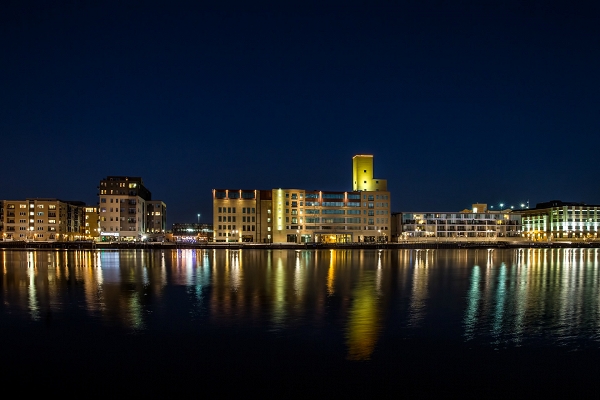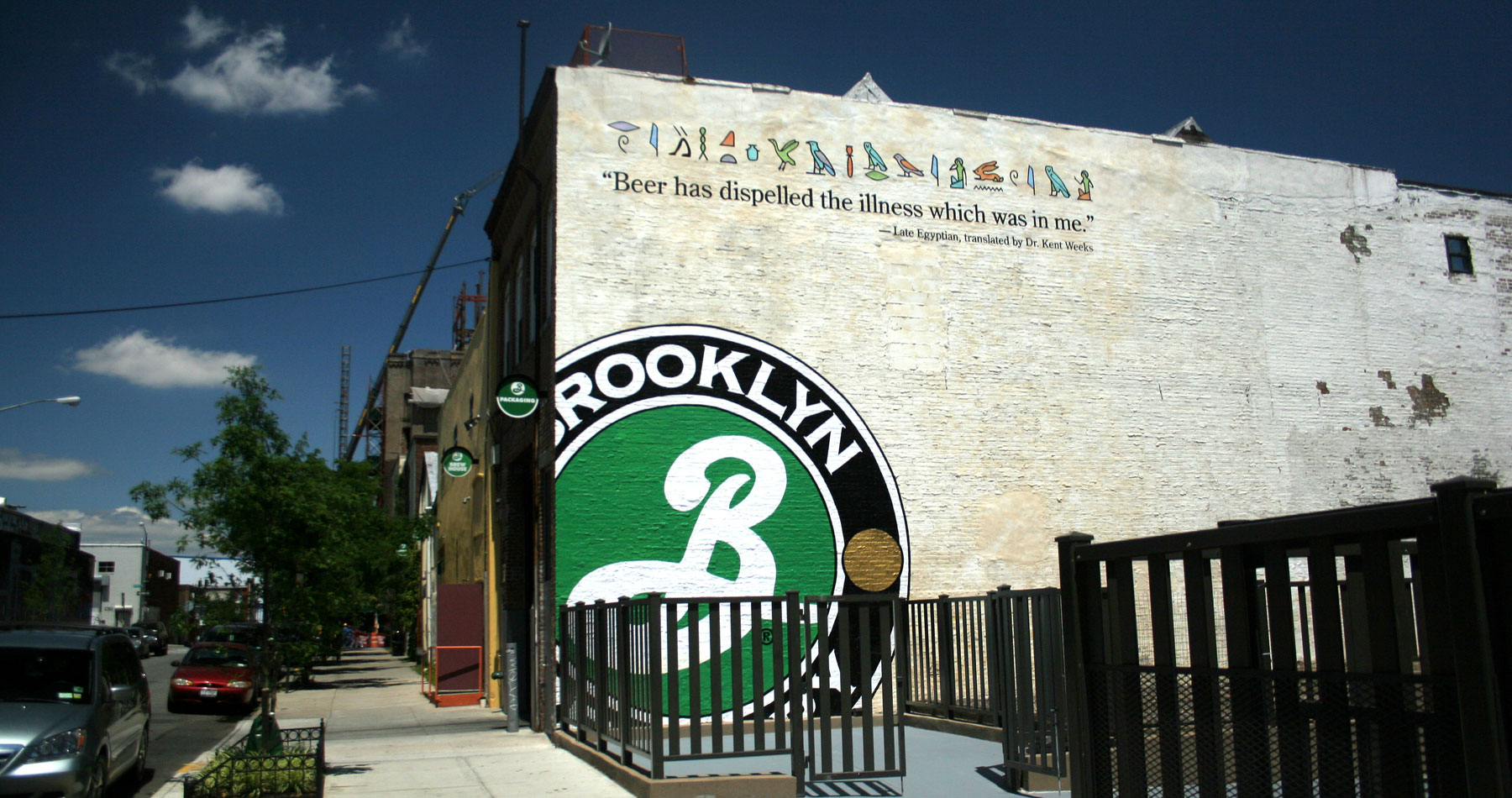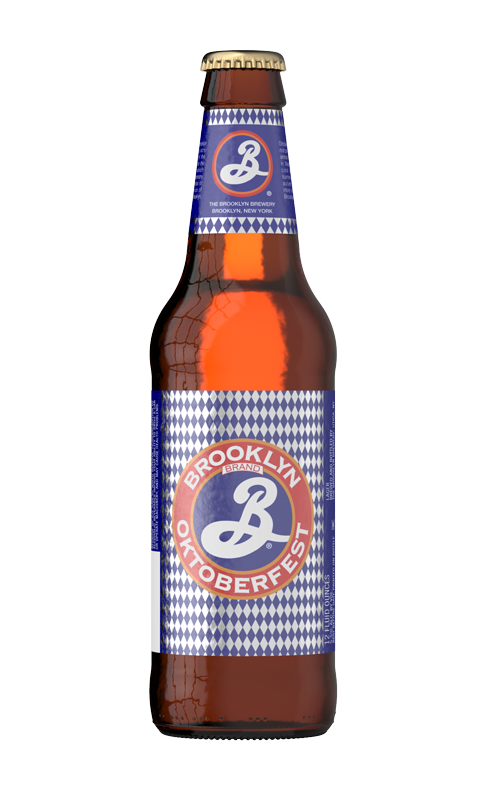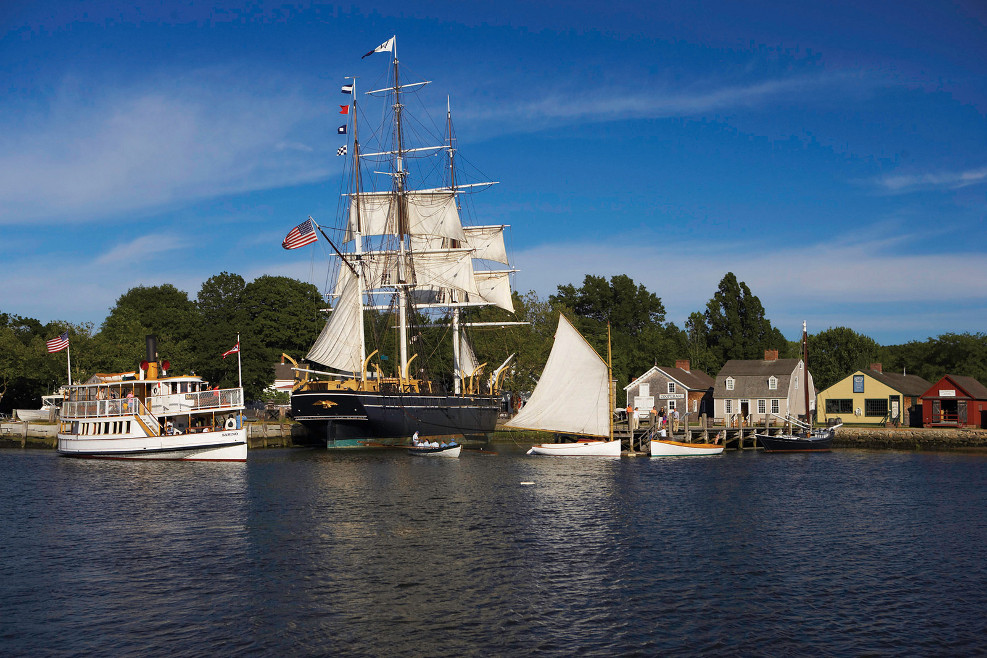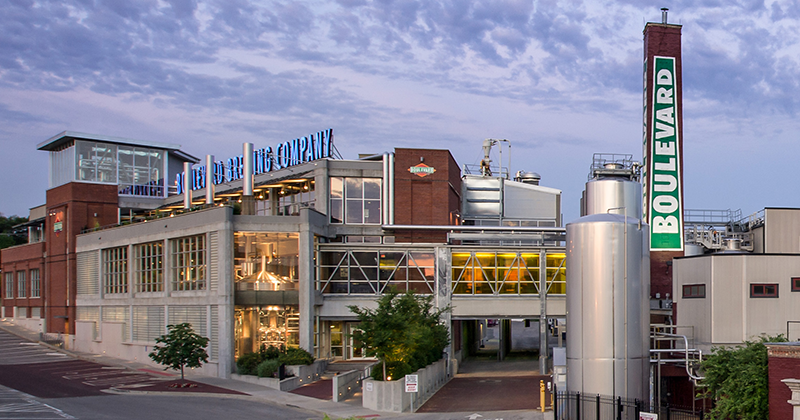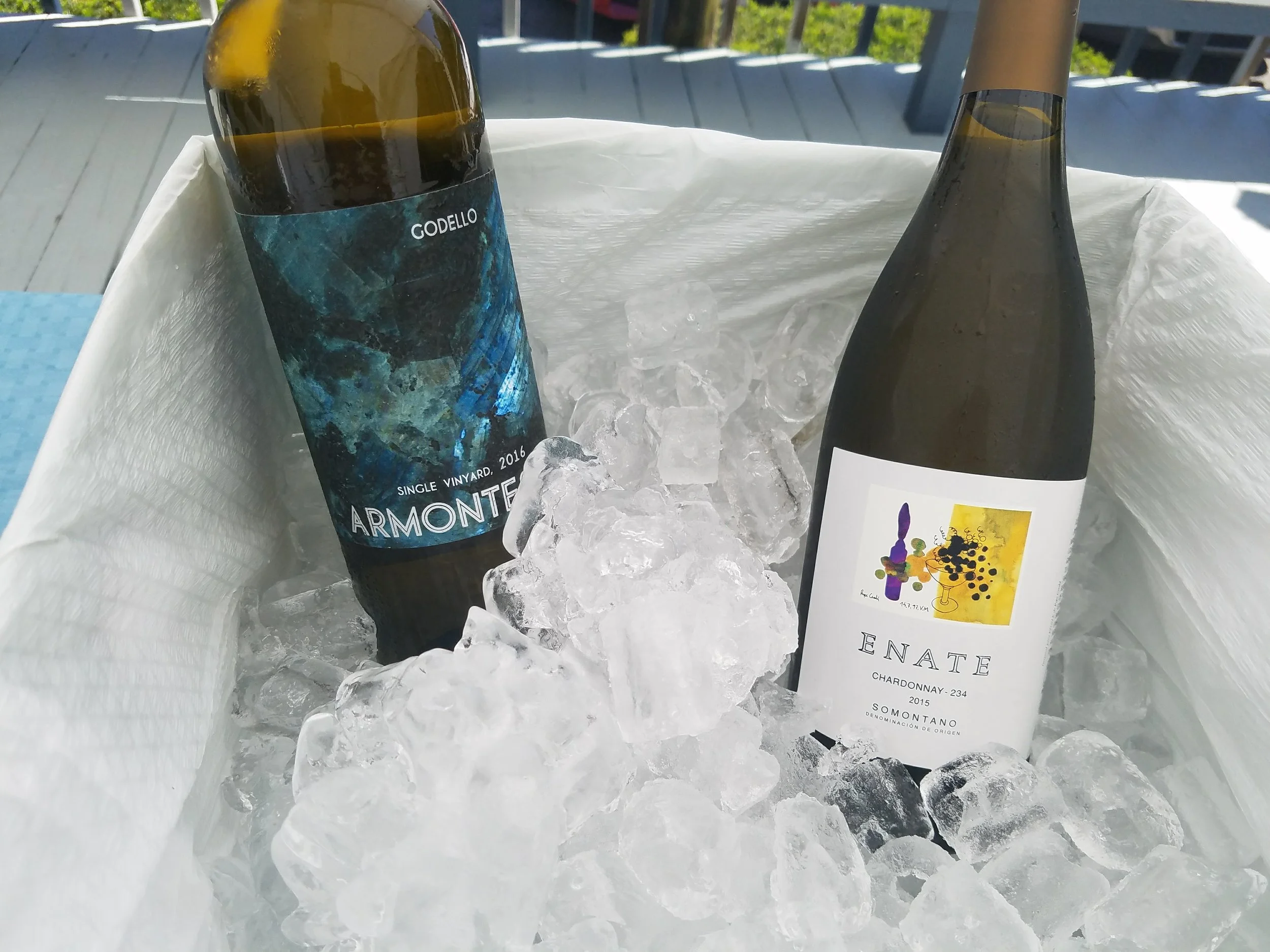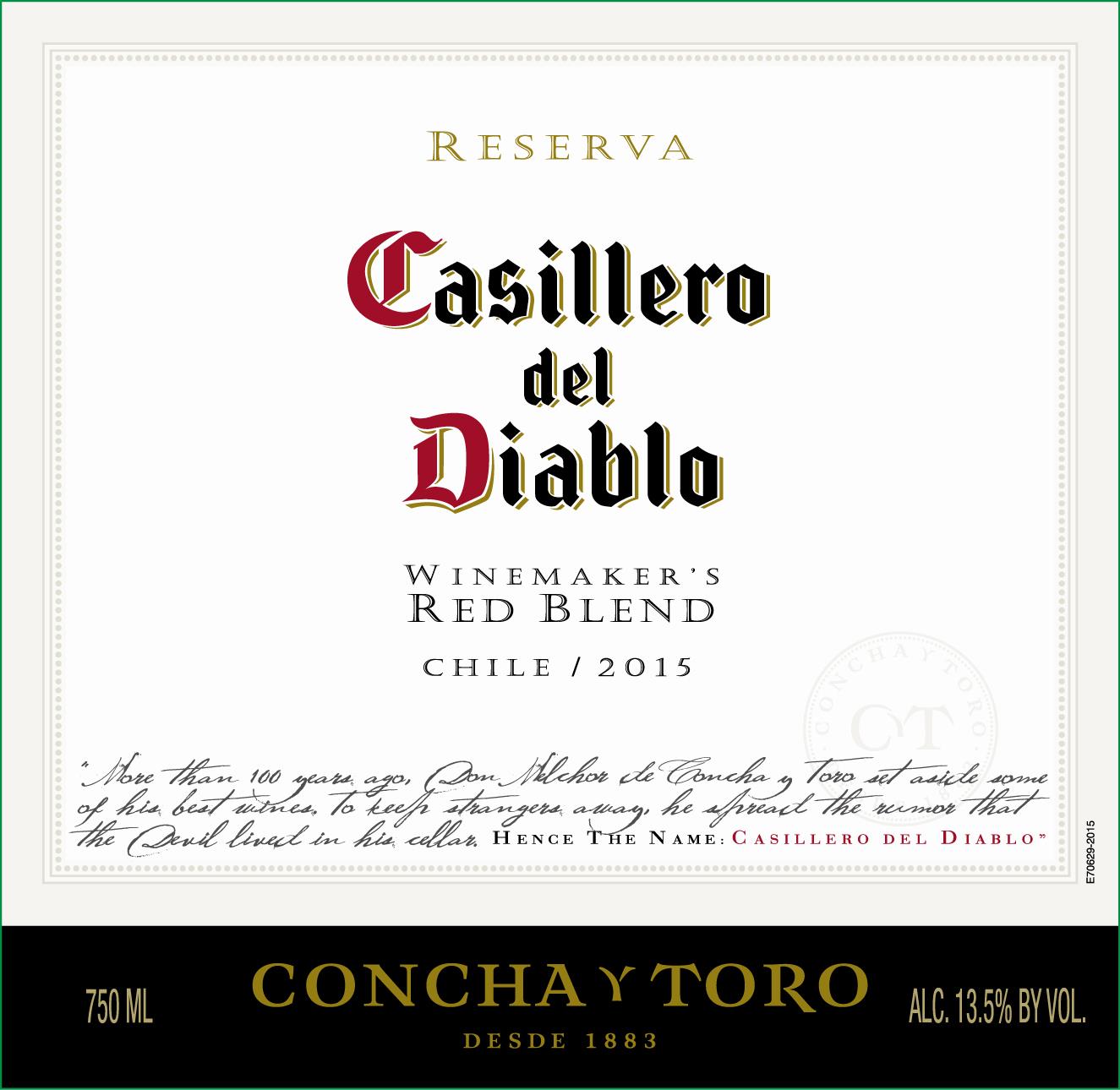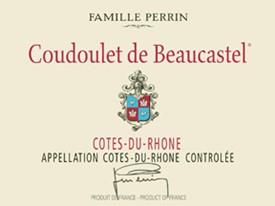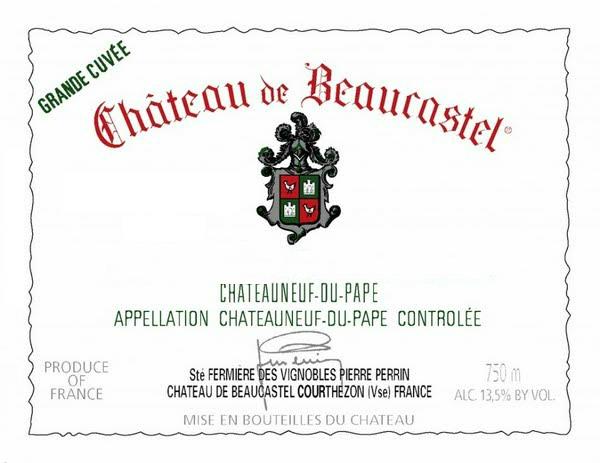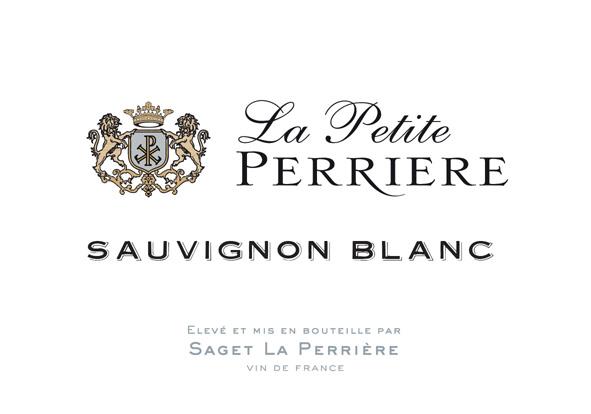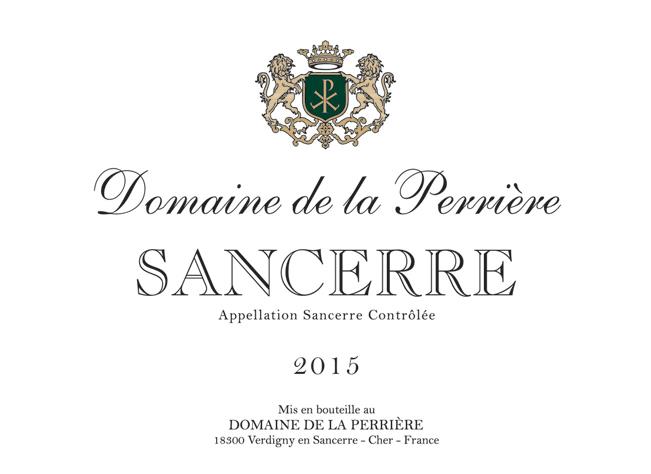What You Are Drinking For NFL Week 2
Two very different cities with one thing in common: football teams with explosive offenses that are must-see television on Sunday night.
Yeah, last Sunday night was a snoozefest. Even Dallas Cowboys fans have to admit that was a boring show, but this week's Sunday night game is shaping up to be much different, especially to the casual fan.
This week's contest takes us to Atlanta, where the Falcons open up their brand new billion-dollar stadium against the Green Bay Packers. This is a rematch of the January NFC Championship game, where the Falcons ran the Packers out of the building before you could even warm your seat to the tune of a 44-21 final score. Now the Packers head back to the same city to exact some revenge. Each team is loaded with star players; quarterbacks Aaron Rodgers and Matt Ryan are recognizable and if you are a fantasy football player, chances are high you have someone you are counting on in what should be a game loaded with offensive fireworks.
So when we are looking for something to drink with a game that mass appeal to both the casual fan and the die-hard, we need to keep things simple. We want our beverage to taste good and be interesting, but we also don't need something to contemplate or analyze. Since Wisconsin and Georgia aren't wine country powerhouses, wine won't be in the equation. There are some fine distilleries in each state, but neither has strong enough nationwide distribution where I can make a recommendation for you to find easily. By default, we go to the old-school traditional pairing of football and beer.
Wisconsin has a long brewing history, thanks to German immigrants settling in the state and bringing their beer-producing knowledge to 1840s America. Within each town there was some kind of brewery/brewpub, but as quickly as business grew, Prohibition and The Great Depression closed the doors on many establishments. However, one brewery that managed to survive it all was Stevens Point Brewery. Located a two-hour drive northwest of Milwaukee, it was able to cope with Prohibition by manufacturing soft drinks and sodas, plus beverages known as "near beer" during the Dark Ages of alcohol production. Stevens Point has been in business for 160 years, but it wasn't until 1990 that it made its first sale outside the state of Wisconsin, which was their flagship Point Special Lager. By 2004, distribution expanded throughout the Midwest and demand for more products rose. Today, Stevens Point makes a fantastic range of solid-to-outstanding beers and non-alcoholic sodas that are worth trying when you see them.
When it comes to beers from Georgia, I had no experience with them until I took my first trip to Chattanooga, Tennessee. With a really cool downtown and waterfront area that is becoming quite the food and drink destination, Chattanooga has access to so many beers and spirits made by craft producers throughout the south. So when I walked into a Chattanooga grocery store for the first time and saw a display of beers from Atlanta's Sweetwater Brewing Company, I was intrigued and picked up a few. SweetWater produced its first beer back on April 20th of 1997, the 420 Pale Ale. It didn't take long for word to get out about how good their beers were, leading to quick growth at a time when craft beers were really making a name for themselves. Winning an award for Best Small Brewery at the Great American Beer Festival made a major impact as brewery expansion was needed to meet demand. In just 20 years, SweetWater established itself as one of the top craft brewers not just in the American South, but nationwide.
Trust me...I am not overlooking the wealth of craft brewers located in Wisconsin and Georgia. However, the best place to start if you are looking to get each state under your beer-drinking belt is to go with the breweries with the greatest amount of access. Stevens Point and SweetWater can do just that for you. Here are two brews that taste good, have great balance, and don't require a lot of thought while you are watching the game on Sunday.
Stevens Point Beyond the Pale IPA ($10/6-pack): Tropically fruity with a touch of maltiness to balance the refreshing quality and the hoppiness of the beer. 6.5% abv means you aren't rocketing through these beers, but it if the game is that interesting you will be taking it slow anyway.
SweetWater 420 Extra Pale Ale ($10/6-pack): This golden ale is very aromatic with floral and earthy notes. It is a mouthwatering brew that will make you want to keep the salty snacks coming as you enjoy the game. 5.7% abv, which is on the lower end of the craft beer alcohol spectrum...as long as you aren't driving after the game is over, grab an extra one.
